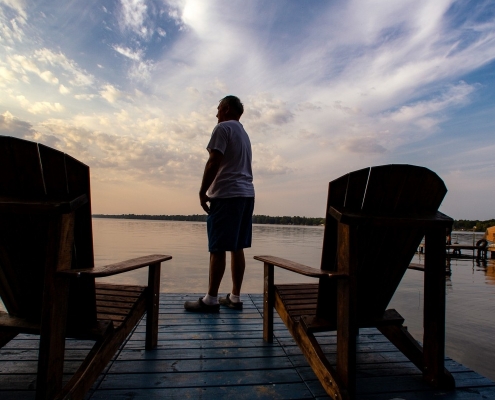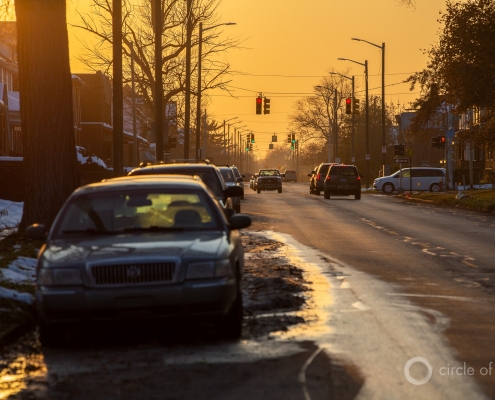Posts

Who in the U.S. Is in ‘Plumbing Poverty’? Mostly Urban Residents, Study Says
0 Comments
/
Not everyone in the country has piped water at home. Study authors argue that water access in the U.S. is inseparable from housing and social inequality.

2020 Election: Water a Factor in Senate Race in Michigan
A state surrounded by the Great Lakes reckons with aging infrastructure and chemical contamination.

Tajikistan, “House of Water,” Where Half of The Population Lacks Access to Water
While tensions over water access have existed for a while, a murder has made many Tajik women in Somoniyon anxious.

What Has the Trump Administration Meant for Water?
By narrowing or repealing federal rules, the Trump administration has prioritized big business and reduced pollution protection for waterways.

2020 Election: Water Decisions Pepper State and Local Ballots
A hodgepodge of constitutional amendments and ballot measures seek to move water policy at the state and local level.

In Pakistan, Pandemic Derails Water, Sanitation, and Hygiene Work
The pandemic has brought about a fundamental shift in Pakistan, one with potentially long-lasting consequences for public health.

Chart: Customer Water Debt Data in 12 U.S. Cities
Millions of U.S. households are behind on their water bills,…

Michigan Allocates $20 Million to Relieve Customer Water Debts
Michigan is using federal CARES Act funding to help residents pay off past-due water bills that accrued during the pandemic.

Lack of Utility Data Obscures Customer Water Debt Problems
Inadequate data hampers understanding of who is most affected by overdue water bills.

House Democrats Ask CDC to Halt Water Shutoffs during the Pandemic
The CDC already moved to suspend evictions. Could water service be the next target for a national moratorium?
 https://www.circleofblue.org/wp-content/uploads/2020/10/DSC_0202.jpg
1067
1600
Circle Blue
https://www.circleofblue.org/wp-content/uploads/2018/06/Circle-of-Blue-Water-Speaks-600x139.png
Circle Blue2020-10-02 11:44:362020-10-13 21:44:03Enbridge now inspects freighters to avoid another anchor strike on Line 5
https://www.circleofblue.org/wp-content/uploads/2020/10/DSC_0202.jpg
1067
1600
Circle Blue
https://www.circleofblue.org/wp-content/uploads/2018/06/Circle-of-Blue-Water-Speaks-600x139.png
Circle Blue2020-10-02 11:44:362020-10-13 21:44:03Enbridge now inspects freighters to avoid another anchor strike on Line 5
Explainer: Who regulates U.S. drinking water, and how?
Who’s responsible for making sure drinking water is safe? Ultimately, you are. But in the U.S., federal, state and local entities are also involved.


